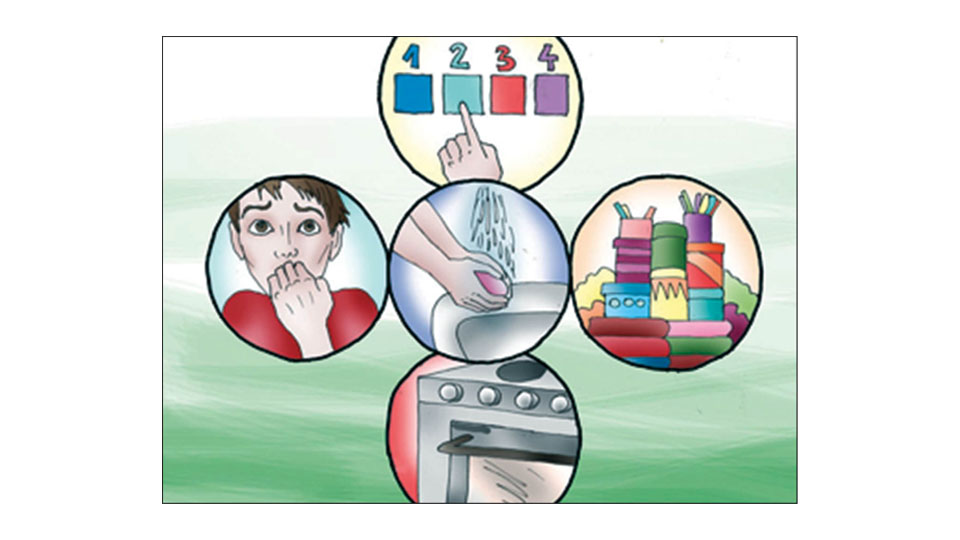By Sunita Menon, Psychotherapist – Specialised in CBT & Sex Therapy
It is estimated that 2% of the human population suffers from Obsessive Compulsive Disorder (OCD). That’s one person in every fifty. So for sure, everyone of us knows someone with OCD. Think about it.
How many times have you casually labelled another when you saw them pre-occupied with washing their hands or re-adjusting a picture on the wall or bed cover on a bed. It is one of the most common psychiatric disorders. To be noted here though that OCD tends to also come with comorbidities like Depression, Anxiety, Phobias (health related or social situations) and Panic Disorder among others and so a visit to a Psychiatrist for a diagnosis is essential (and there are some accurate psychometric tests too that a Clinical Psychologist can administer to help with diagnosis).
Risk factors include genetics (first degree relative like parent or sibling), biology (brain areas, brain networks and biological processes) and childhood trauma. Men and women are affected almost equally, but studies tell us that women are more likely to seek professional help for the condition than men.
Childhood onset of OCD is common but it usually takes on an average at least 10 years for an individual with OCD or the family of the sufferer to reach out for professional help. And usually by then there is impaired functioning in areas connected to home, work and social settings. It is a chronic condition that can cause immense distress to both the sufferer and their loved ones. Yes, it impacts the family too. With family members exhausted, frustrated and helpless with the situation. As therapists therefore, we offer sessions to both the individual with an OCD diagnosis and the family members struggling and walking on eggshells around them.
Some common themes in OCD are Contamination (hence washing and cleaning), Harm – of self or others (hence superstitious behaviours and seeking reassurance and checking), Scrupulosity – feelings of moral or religious doubts (and hence confessing, praying and reassurance seeking), Ordering/Arranging (hence counting, arranging, repeating) etc. A treatment plan according to severity will include medication and or CBT.
Terms to be familiar with
Obsession: Persistent, unwanted thought, doubt or urge.
Preoccupation: Absorbed with the persistent, unwanted thought, doubt or urge.
Compulsion: (Rituals) actions taken in response to the persistent, unwanted thought, doubt or urge in the attempt to reduce the discomfort felt by the same.
Avoidance Behaviour: Behaviours indulged in, to avoid obsessions and pre-occupations.
The interventions in CBT include graded exposure (and not avoidant behaviours), response prevention (resisting the urge to indulge in rituals) and family disengagement (not being on standby to offer reassurance to the sufferer).
Psych education will involve the family of the sufferer too, so that we all speak the same language and stay on the same page to help the person with the disorder during and after treatment. Therapy will involve anywhere from 12 to 16 sessions as the case may be. In CBT we first address the irrational beliefs and attitudes, then question the logic of interpretations and beliefs and finally offer techniques to help challenge these beliefs and attitudes.
An example to best explain: My 26-year-old male client is obsessed with numbers (obsession). So every car that passes him on the road, while going to work in the morning, will have him add up the digits on the number plate of the vehicle (compulsion). If it ends mostly in an even number he is convinced that his day at work will go well for him, but if it mostly ends in odd numbers then he braces himself for a rough day at work.
So the drive from home to work will have him search for number plates till he finds more even ones than odd ones (preoccupation). And when that eventually happens, he shuts his eyes for the rest of the trip so that he doesn’t indulge in this compulsive act of adding up anymore (avoidant behaviours) lest the odd ones outnumber the even ones.








Recent Comments